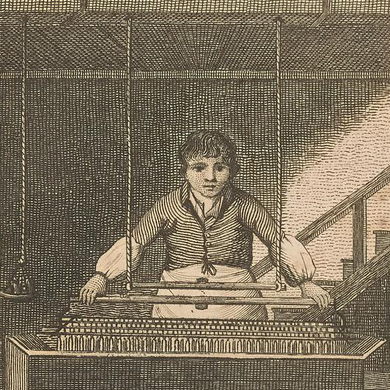Small Change for 1660s Barkway
The Barkway History Group has recently acquired a farthing trade token issued in Barkway probably from sometime around 1660. The widespread use of such tokens and their production by local businesses is not well known or appreciated. The Royal Mint issued gold and silver coins. Lower value coins involving copper or brass were issued by the mint, but they were not keen on their production.
During the Commonwealth or Civil War period (1649-1660) they were regarded as unprofitable, and so trade tokens were allowed. Traders issued their own farthing and halfpenny tokens to cover low-value transactions.
Our newly acquired farthing has the name of Thomas Raven, chandler of Barkway on one side. The obverse has the arms of the Worshipful Company of Grocers, established in 1345, and one of the great livery companies of the City of London, and the second in order of precedence. The arms are comprised of a single chevron, and nine cloves. There is at least one other known example in existence of a Barkway token, a John Kent, also a grocer, issued his own farthing. His name does not appear in the Barkway registers. The Barkway parish registers have two entries for a Thomas Raven – a father and son. The son was christened here in Barkway in 1628, and seems then the likely candidate, although it is possible that he is carrying on with a business inherited from his father. As a chandler he trades in tallow candles, but his main business is as a grocer.
Grocers’ shops in the 1600s were really the general stores of their day, and produced most of the food trade tokens. The greatest issuers of trade tokens across the board were inn keepers. Thomas is therefore mainly a grocer but wishes to stress that he is also trading in tallow candles – an essential commodity of the time.
The British Museum in its coin collection also holds this Barkway farthing token. There are three slightly varying designs of the Thomas Raven token, suggesting he was able to make good use of the tokens as part of his business transactions.
© The Barkway Local History Group
